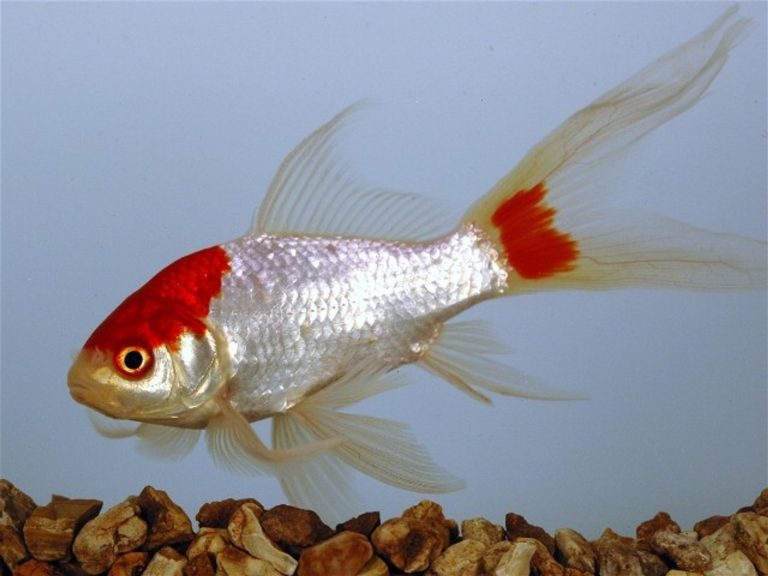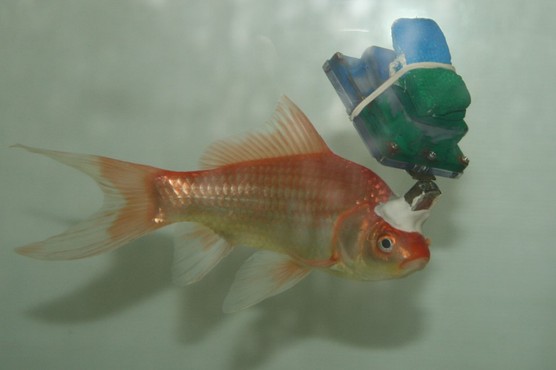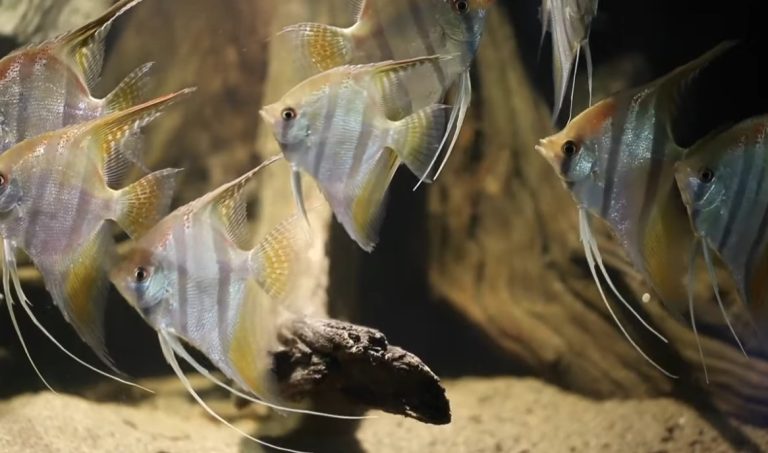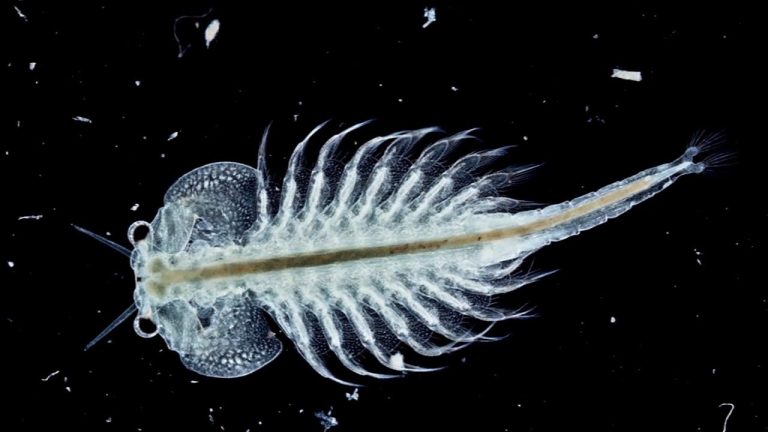Purple Blenny Fish
The Purple Blenny Fish: A Colorful and Fascinating Creature
If you’re a fan of marine life, then you’ve probably come across some truly remarkable creatures. From vibrant coral reefs to majestic sea turtles, the ocean is filled with an abundance of biodiversity. One creature that stands out in terms of both its appearance and behaviors is the purple blenny fish. This small fish, known for its vibrant purple hue and unique characteristics, is a fascinating creature worth exploring. In this article, we will dive deeper into the world of the purple blenny fish, exploring its habitat, physical characteristics, behaviors, and more. Get ready to immerse yourself in the captivating world of this marine marvel!
The Purple Blenny Fish: Habitat and Distribution
The purple blenny fish, scientifically known as Escenius gravieri, is primarily found in the Indo-Pacific region. Its habitat spans from the Red Sea to Fiji, including the Great Barrier Reef, Indonesia, the Philippines, and many other locations. These fish are often found in shallow reefs, typically residing in crevices and holes in the coral. They prefer locations with plenty of hiding spots, as they are relatively timid creatures and need a place to retreat when they feel threatened.

Physical Characteristics of the Purple Blenny Fish
One of the most striking features of the purple blenny fish is its vibrant coloration. As the name suggests, these fish have a beautiful purple hue that covers their entire bodies, making them stand out in the underwater landscape. The color varies slightly among individuals, with some fish displaying a more intense shade of purple than others. This pigment is believed to serve as a form of camouflage, helping the fish blend into their surroundings and evade predators.
In addition to their striking color, purple blenny fish have a slender body shape and can grow up to 7 centimeters (2.8 inches) in length. They have large eyes that are positioned high on their heads, enabling them to have a wide field of vision. This is crucial for their survival, as it allows them to quickly spot potential threats lurking in the water.
Behaviors and Adaptations
Despite their small size, purple blenny fish are full of interesting behaviors and adaptations. One of their most notable adaptations is their ability to change gender. Like some other species of fish, purple blennies are sequential hermaphrodites, which means they start their lives as females and can later transition to males. This transition typically occurs when there is a shortage of males present in a particular area. The largest female in a group will transition into a male, ensuring the continuation of the species.
Purple blennies are also known for their unique courtship behaviors. When a male is ready to attract a female, he performs an elaborate dance to capture her attention. This dance involves the male swimming in a circular pattern, flaring his fins, and displaying his vibrant colors. If the female is interested, she will respond by swimming alongside the male, and eventually, they will mate.
Feeding Habits
Purple blenny fish are omnivorous, meaning they eat a combination of plant matter and small invertebrates. Their diet mainly consists of algae and small crustaceans. They use their specialized teeth to scrape algae from rocks and coral surfaces. This feeding behavior not only supports their nutritional needs but also helps to keep the reef ecosystem in balance by preventing excessive algae growth.
Threats and Conservation
Just like many other species living in the world’s oceans, the purple blenny fish faces various threats and challenges. Habitat destruction, as a result of factors like pollution, coastal development, and coral bleaching, poses a significant risk to their survival. Additionally, overfishing and collection for the aquarium trade can disrupt the population numbers of these fish.
To ensure the long-term survival of the purple blenny fish, it is crucial to implement effective conservation measures. This includes creating marine protected areas, enforcing sustainable fishing practices, and raising awareness about the importance of preserving coral reefs and their inhabitants.
Frequently Asked Questions
1. Can the purple blenny fish be kept as a pet?
While the purple blenny fish is indeed an eye-catching species, it is not commonly found in home aquariums. Due to its specialized habitat and feeding requirements, it can be challenging to recreate the necessary conditions in a captive setting. Additionally, it is important to prioritize conserving wild populations rather than removing them for the pet trade.
2. Are purple blenny fish dangerous?
No, purple blenny fish are not dangerous. They are timid creatures that prefer to hide in crevices and avoid confrontation. Their small size and peaceful nature make them harmless to humans and other marine creatures.
3. Are there any other species of blenny fish?
Yes, there are numerous species of blenny fish found in oceans worldwide. These fish come in a wide range of colors and have various behaviors and adaptations. Some other notable species include the bicolor blenny, the red-lipped blenny, and the lawnmower blenny.
Final Thoughts
The purple blenny fish is a shining example of the incredible diversity found in our oceans. From its vibrant purple coloration to its unique behaviors, this small fish holds immense value in maintaining the delicate balance of marine ecosystems. By appreciating and conserving species like the purple blenny fish, we can contribute to the preservation of our planet’s incredible biodiversity for future generations to enjoy. So, next time you find yourself venturing into the underwater world, keep an eye out for these captivating creatures and marvel at their beauty!






